
Used for detection and radionavigation (radar), radio communication in all its forms (FM, DVB-T, Edge mobile telephony, 3G, 4G, 5G, RFID, Connected Objects Zigbee, Z-wave, LoRaWan, Sigfox, ..., air and maritime traffic management), etc..., radio waves correspond to the voluntary emission of electromagnetic fields and contribute to the use of the frequency spectrum with limited resources.
As a consequence, the use of the frequency spectrum is strictly regulated.
The radio frequency spectrum covers the electromagnetic spectrum in the 9 kHz to 300 GHz range although applications generally remain below 40 GHz.
In order to optimise the use of frequency spectrum and limit interference between systems, the States agree at international level by the International Telecommunication Union and, at European level, by the CEPT itself to create ETSI in charge of standardisation.
Each country manages these regulations within its own borders.
In Europe, the placing of radiocommunication products on the market falls within the framework of CE marking through the RED 2014/53/EU directive.
The French administrative authorities are ARCEP and ANFR .
In the United States, the protection (and management) of the frequency spectrum is the responsibility of the FCC which collaborates with ISED (Canada) for the whole of North America.
The requirements in terms of radio specifications are a prerequisite for the worldwide marketing of all equipment with a transmitter.
The measurements required by the standards and regulations relating to the assessment of the danger posed by radio waves to health are carried out by our radio laboratories.
Equipment using radio frequencies falls within the scope of Directive RED 2014/53/EU and must verify the essential requirements laid down therein for CE marking to be affixed.
|
1. Radio equipment shall be constructed so as to ensure: (a) the protection of health and safety of persons and of domestic animals and the protection of property, including the objectives with respect to safety requirements set out in Directive 2014/35/EU, but with no voltage limit applying; 2. Radio equipment shall be so constructed that it both effectively uses and supports the efficient use of radio spectrum in order to avoid harmful interference. 3. Radio equipment within certain categories or classes shall be so constructed that it complies with the following essential requirements: (a) radio equipment interworks with accessories, in particular with common chargers; |
Radio tests and associated standards are intended to demonstrate the conformity of equipment with point 2 of the essential requirements with regard to limits specific to the product concerned.



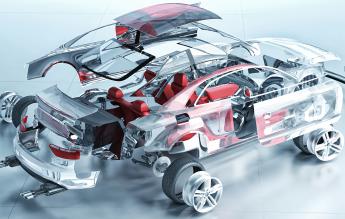


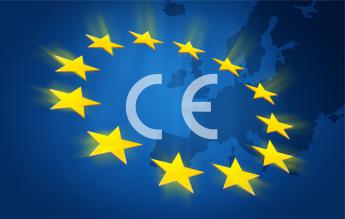
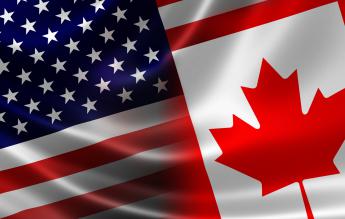


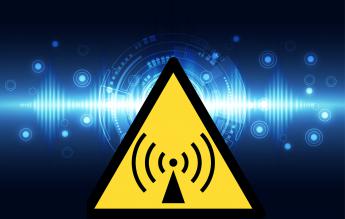


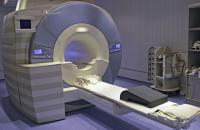






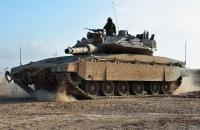


Emitech Group - Legal information